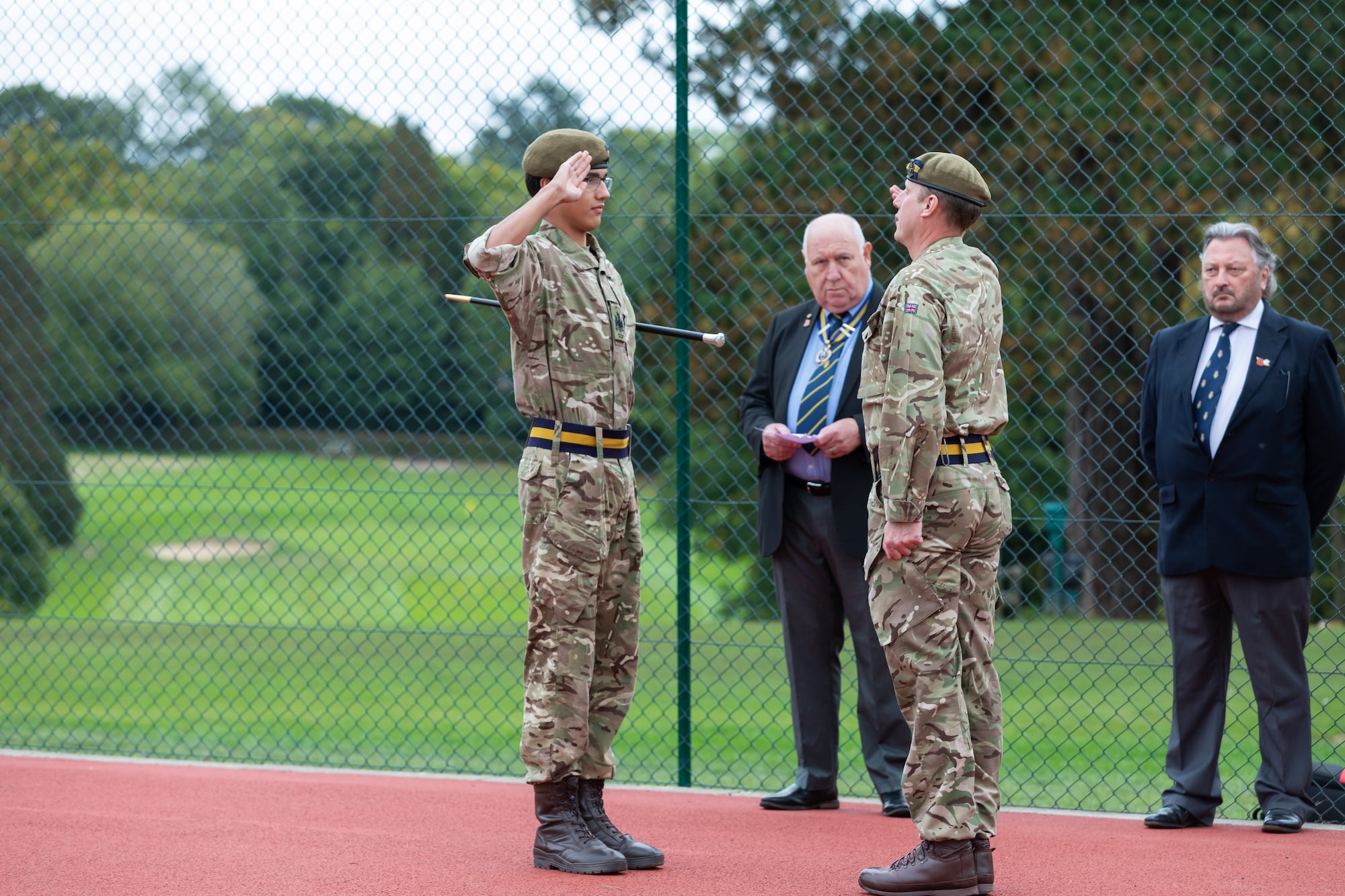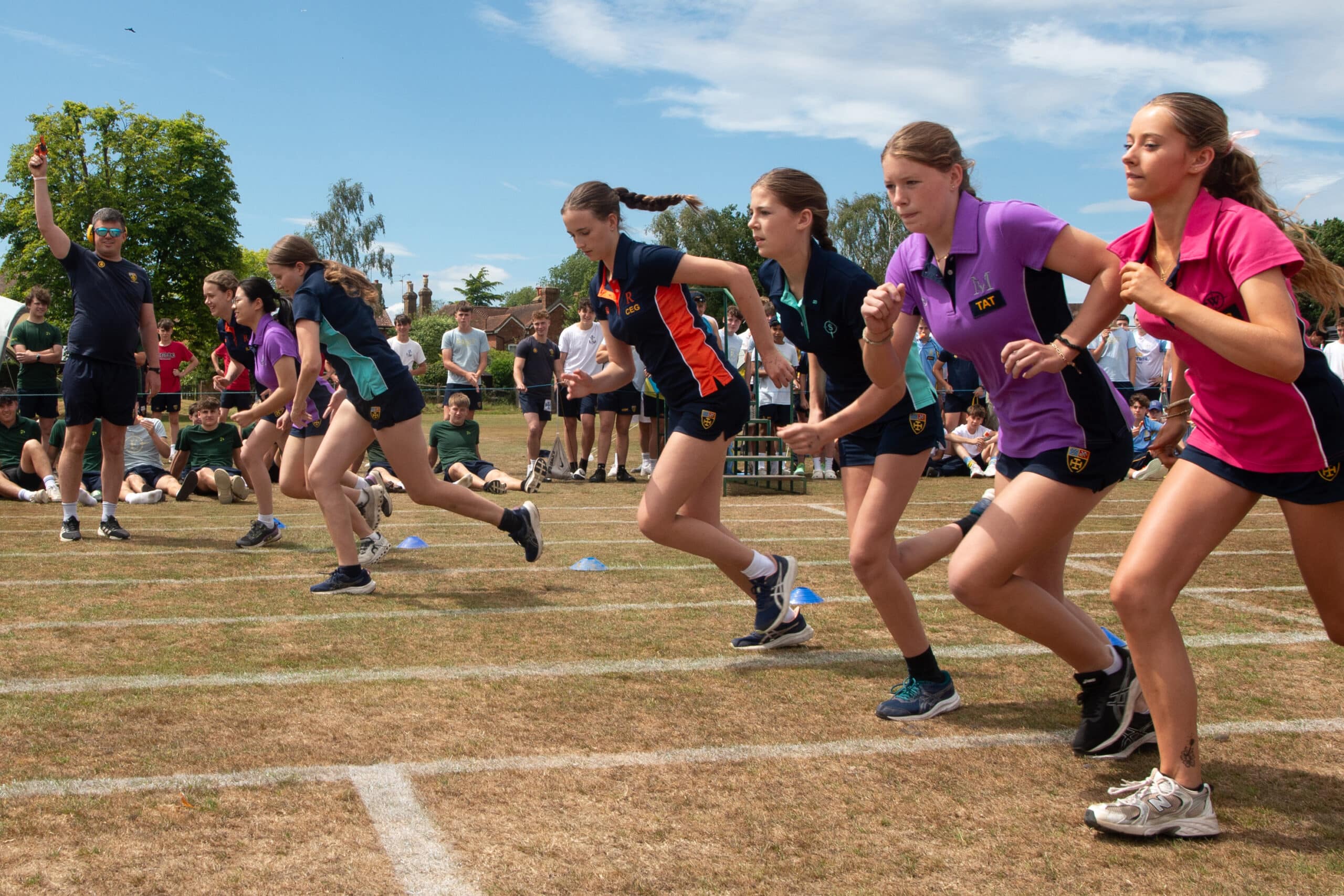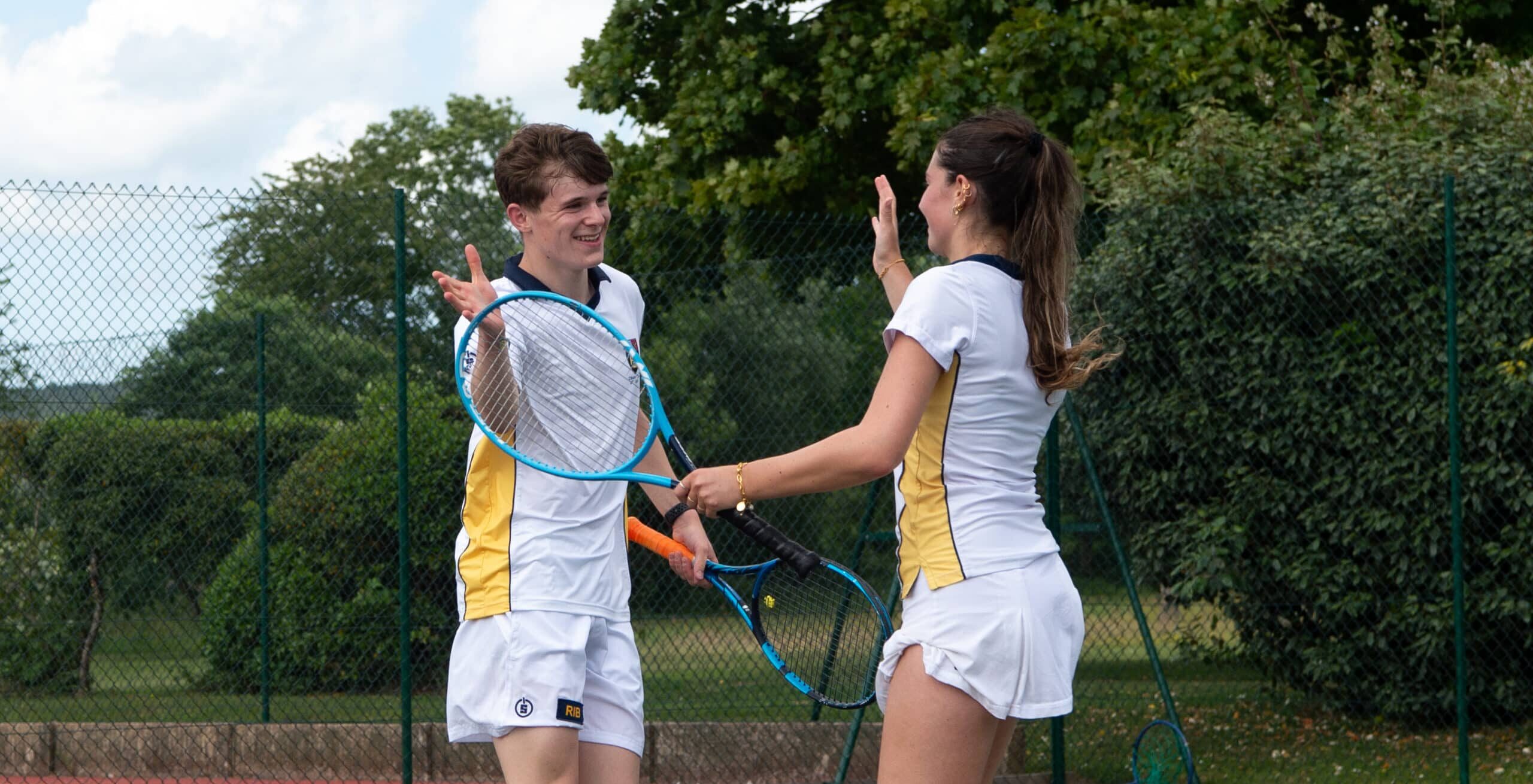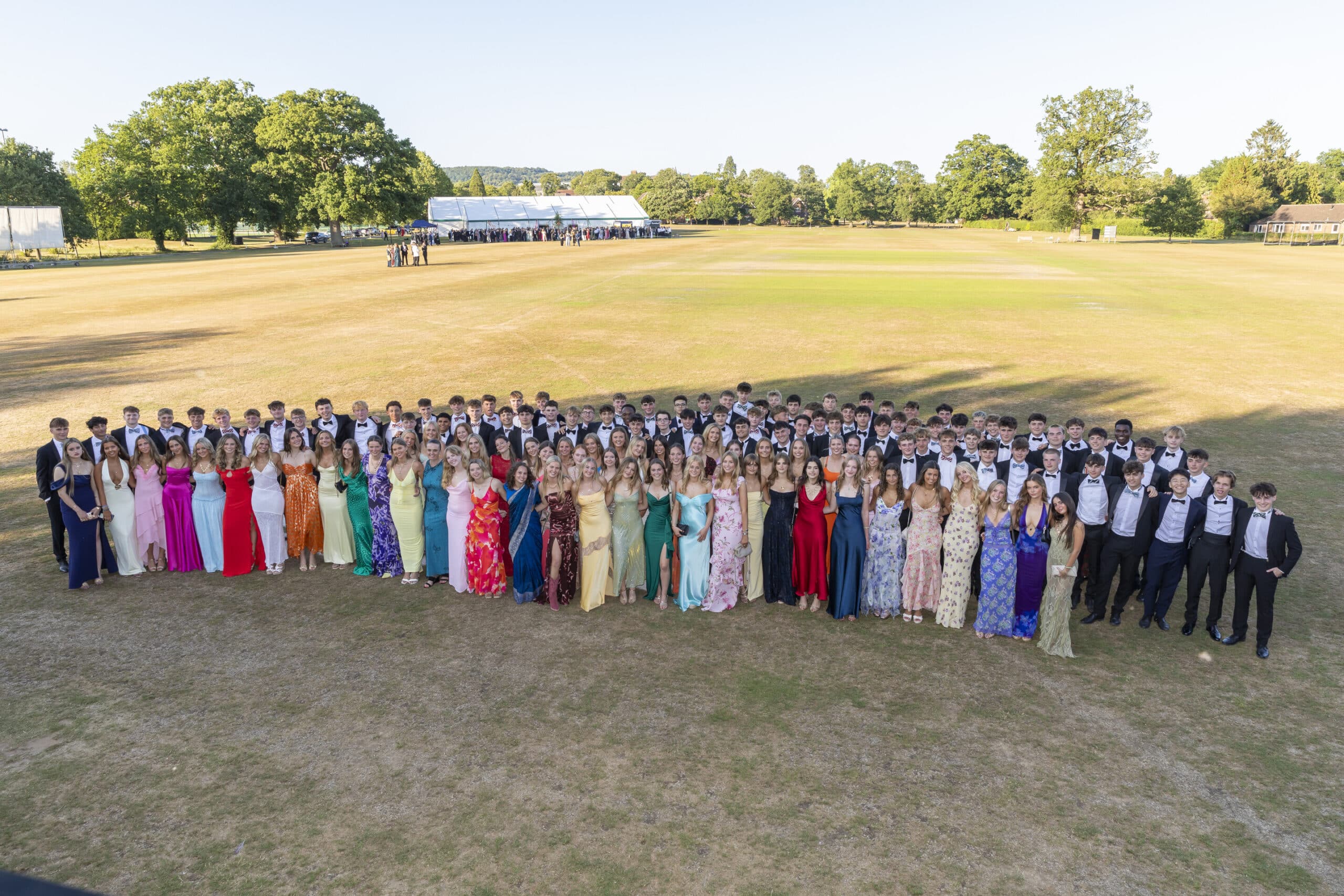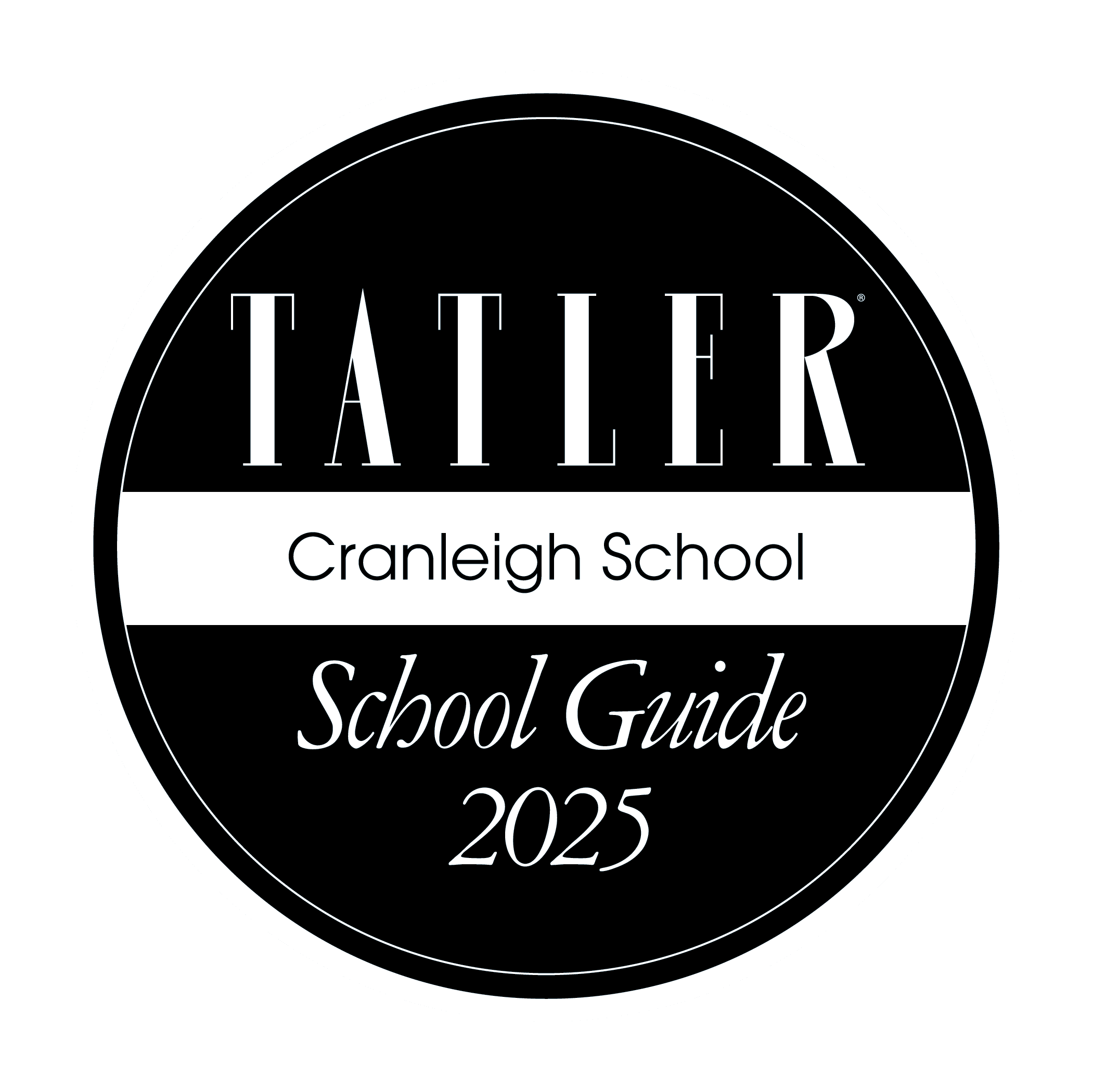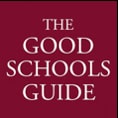 The first concert of the new academic year was a true spring awakening, showing that the talented music scholars at the top of the school had not let their skills lie dormant over the summer break. In academic circles, autumn is indeed really a spring, so it is appropriate that two of the highlights of the concert, held in the MMS on September 14th, were Beethoven’s Spring sonata and Sinding’s ‘Rustle of Spring’.
The first concert of the new academic year was a true spring awakening, showing that the talented music scholars at the top of the school had not let their skills lie dormant over the summer break. In academic circles, autumn is indeed really a spring, so it is appropriate that two of the highlights of the concert, held in the MMS on September 14th, were Beethoven’s Spring sonata and Sinding’s ‘Rustle of Spring’.
The latter is the Norwegian composer Sinding’s best-known piece by far (published under a German title in 1896). Hebe Westcott (piano) balanced the melody with the insistent arpeggiated passages superbly, and returned a pot-boiler to its true status as a memorable character piece by not overdoing the louder returns of the big tune and varying the texture. In the Beethoven Ben Rudolf played with a sweet tone that reminded me of Zino Francescatti: it was a technically near-immaculate reading and a very musicianly one. Ben’s phrasing helped us hear this familiar first movement with fresh ears and the partnership with Richard Saxel, who accompanied eight performers, was vital to the success of the interpretation.
The first of the nine performers was Hattie Allison who played a Bach sonata movement on saxophone. As scholars are unsure whether this was a flute sonata or violin sonata (or indeed if JS or CPE composed it), the saxophone arrangement is fair enough and Hattie gave the Adagio a subtle and poised reading. Ian Lee followed with the Bourrées from the first of Bach’s ’cello suites, contrasting the lyrical middle one with the rich but rustic tone of the main section.
Cranleigh has two wonderful oboists in Harry McCagherty and Elinor Morgan, who both played French music beautifully. The latter played the opening of Poulenc’s sonata (1962), an elegy written on the death of Prokofiev but which has the added poignancy that it was performed only after Poulenc’s own unexpected death. Elinor’s lovely plangent tone and her deep understanding of the idiom conveyed the profound melancholy of this bitter-sweet music (et les larmes mal effacées…). Harry’s Grovlez piece was a superb way to end a fine evening. He has the confidence of a true performer and in the sarabande really caught the blend of 1929 French tang and the antique dance form as well as having the dexterity needed for the showpiece allegro section.
 Cathy Hobbs contrasted two movements from a flute sonatina by Malcolm Arnold, bringing out the Shostakovitch-like darkness, followed by a lazy afternoon jazzy sultriness. Her musicianship ensured that this last movement was not hammed up, as it often is, but touchingly communicative: smiles all round. I was delighted that Rachel Hurst played Hindemith on bassoon; a composer who played virtually every instrument in the orchestra and thus knew how to write for musicians (Gebrauchmusik should not be used, as often, as faint praise). Rachel’s rich fruity tone made for a delightful performance.
Cathy Hobbs contrasted two movements from a flute sonatina by Malcolm Arnold, bringing out the Shostakovitch-like darkness, followed by a lazy afternoon jazzy sultriness. Her musicianship ensured that this last movement was not hammed up, as it often is, but touchingly communicative: smiles all round. I was delighted that Rachel Hurst played Hindemith on bassoon; a composer who played virtually every instrument in the orchestra and thus knew how to write for musicians (Gebrauchmusik should not be used, as often, as faint praise). Rachel’s rich fruity tone made for a delightful performance.
The true maturity of all these talented musicians was underlined by the piano duet version of two movements from Ravel’s ‘Mother Goose’ suite in which Richard Saxel’s experience only served to enhance the musicianship of Izzie Simpkin on the ‘primo’ part: the pavane given a crystalline purity and the paradisal garden celebrated in ecstatic glissandi. Spring had indeed arrived in September.
PJL
Back to all news